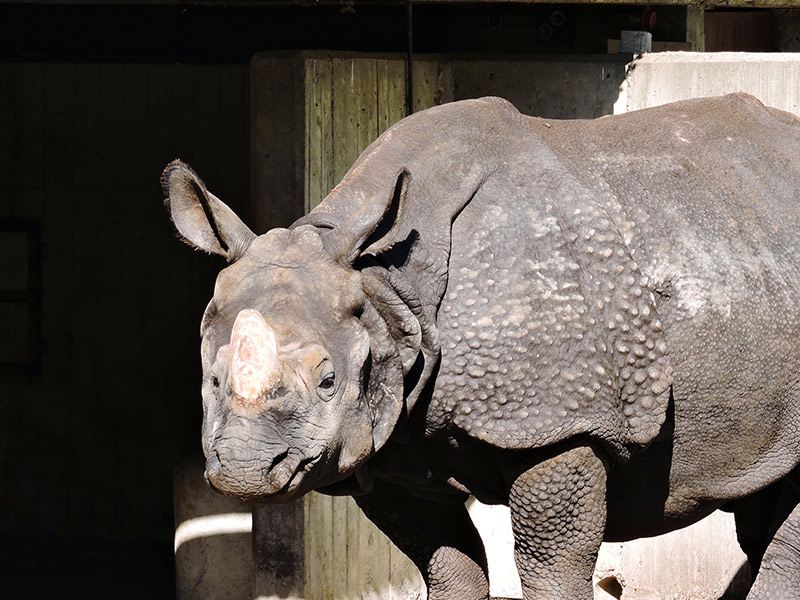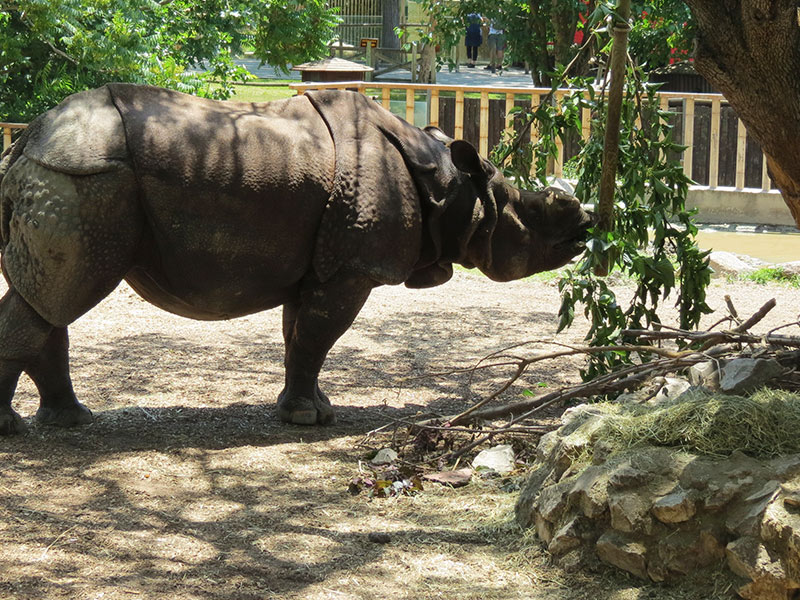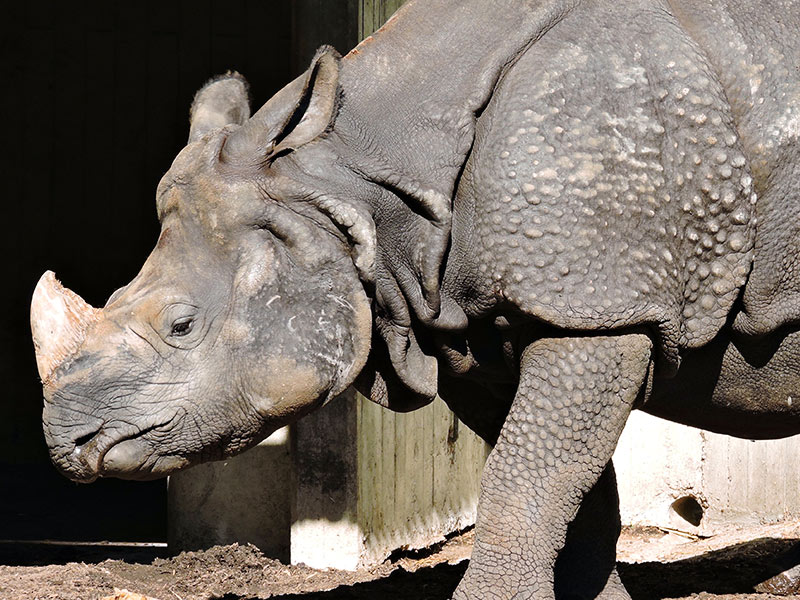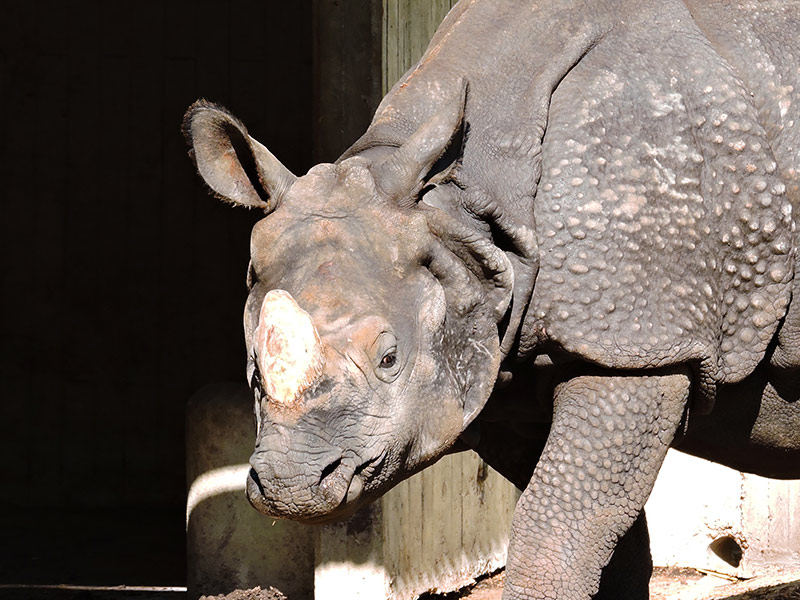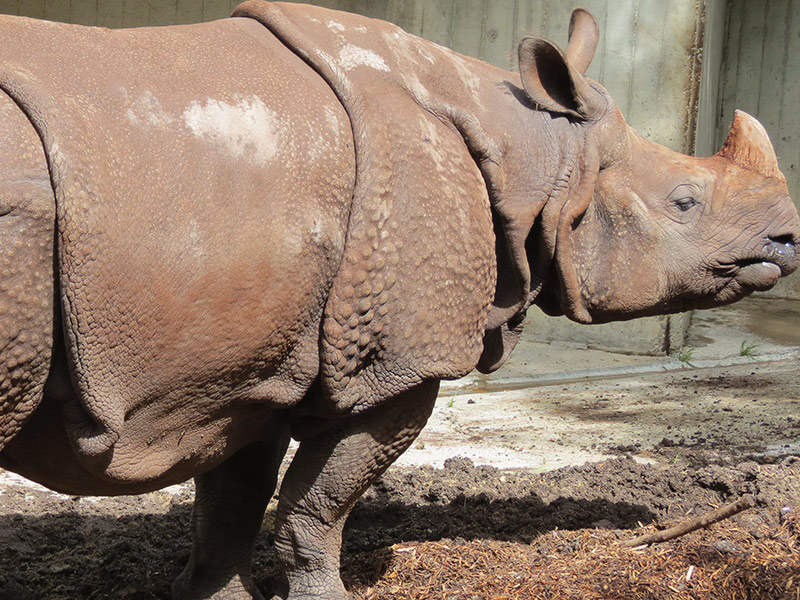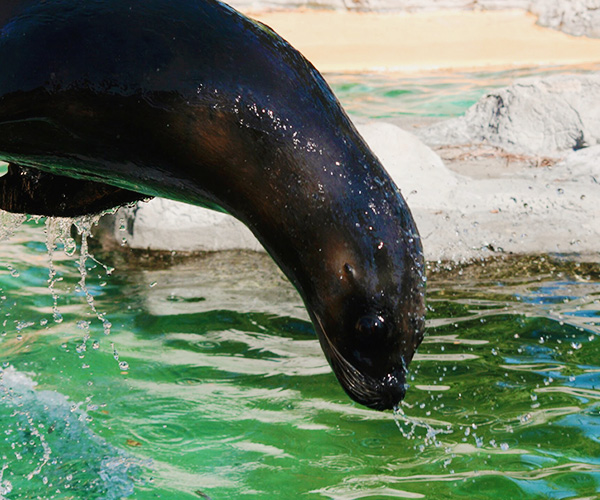The 21st century has not started very well for the Indian rhinoceros, of which there are barely 3,000 specimens left, widely scattered despite its increasing protection.
Its horn, which sometimes exceeds 50 centimeters, is related to oriental medicinal practices, which attributed certain properties to it (the main cause of its persecution and illegal hunting).
A large mammal, it can measure more than three meters in length and weigh more than two tons. Its skin, very thick and with deep folds, gives it the appearance of an “armored” and clumsy animal. However, it is known that this rhinoceros is capable of running more than 50 km/h in short distances.
To get rid of the parasites that crawl into its skin, it usually resorts to birds.
The Indian rhinoceros, like other cousins, is a rather solitary animal. However, during mating and breeding season, they associate with each other without hesitation. Gestation lasts 15-16 months and they give birth to a single calf. The calf, once born, will be able to stay with its mother until a new reproduction period, which will take place approximately three years later.
This rhinoceros has no natural enemies and although it walks alone, it is not difficult to see it around water holes in the company of other individuals. Not in vain, they spend a good part of the day bathing in these muds.
